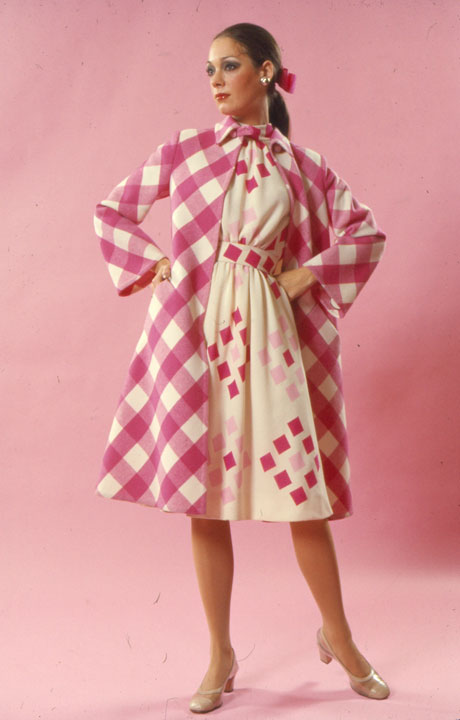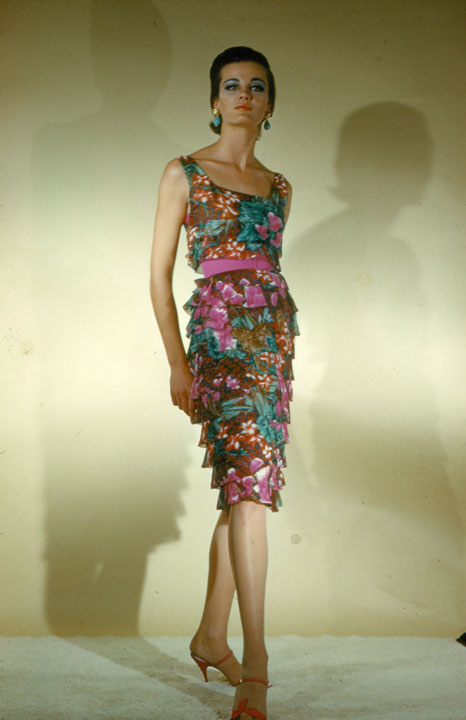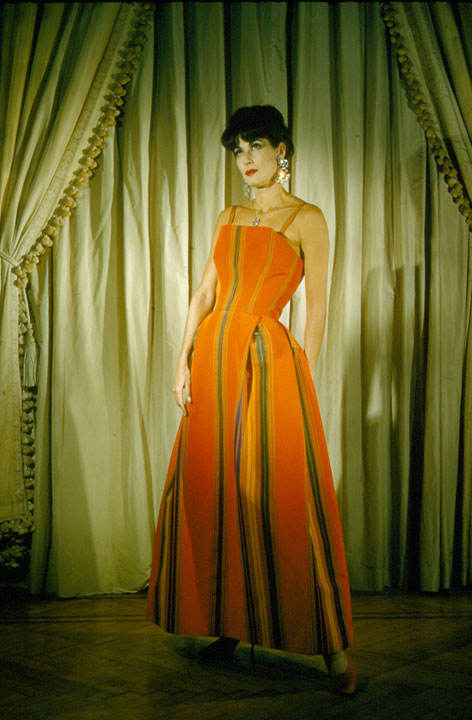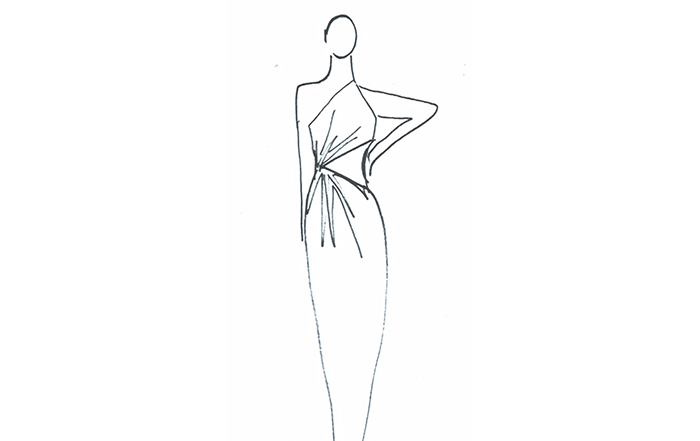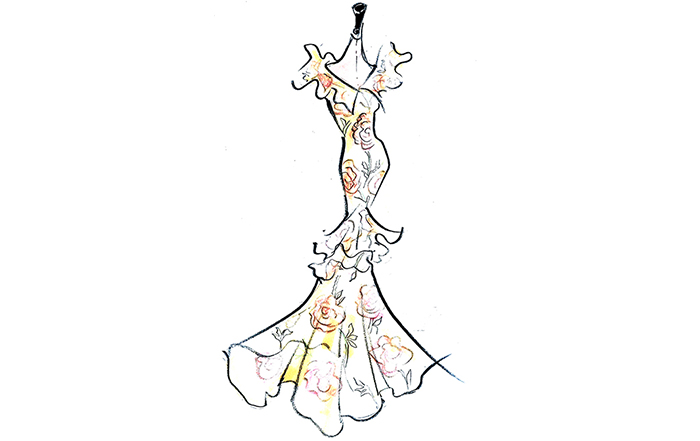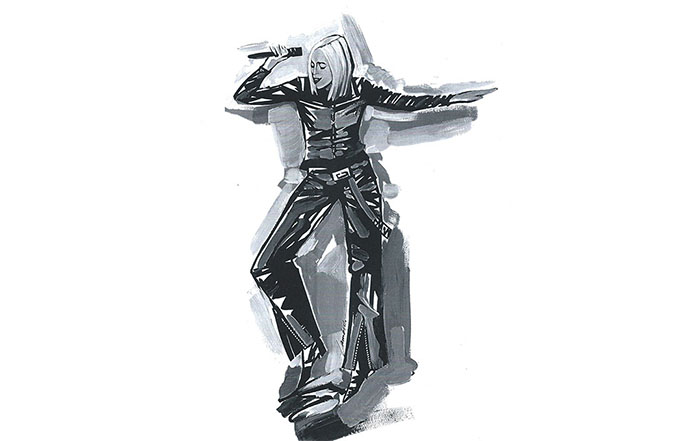 |
|||||
| “TRIGGER,” AS SHE WAS KNOWN TO ALL WHO LOVED HER… PAULINE TRIGÈRE |
|||||
|
|||||
| Somehow, in an odd reversal of fortune, Pauline Trigère, though born and educated in France, is acknowledged as an icon among American fashion designers, The daughter of a Russian-Jewish tailor and a dressmaker – transplanted to Paris – Trigère’s early intro to the family business was picking up the pins scattered on the floor of the shop.
Nerve-jangling hardship was to follow. Radley deserted. The business folded. With two boys to support on her own, Trigère found design work with a number of New York fashion houses including Ben Gerschel and Hattie Carnegie. Single-minded and fiercely determined, in 1942 she designed, and her brother took on the road, a small collection of 11 dresses. For perfection of line and fit, meticulous tailoring and extravagance of fabric and embellishment , the dresses were, in the eyes of the perceptive and exacting buyers who bought them, equal to those of the French couture.
|
|||||
| A true visionary, Trigère pioneered the use of cotton and wool for evening clothes and brought, to legions of the most particular and stylish women, the sleeveless coat, the spiral jacket, the mobile collar, ravishingly opulent gowns and opera coats and, perhaps most notably, the reversible, double-faced coat. Her accolades were many: three Coty Awards, inclusion in the Coty Hall of Fame, the National Cotton Award and, in 1993, a Lifetime Achievement Award from the Council of Fashion Designers of America. Even so, as legendary retailers, her top customers, went out of business, and newer and younger designers replaced her in the fashion limelight, Trigère persevered. Until well into the ‘90s, she continued to market her eponymous fragrance and to design her collections, accessories and jewelry, including the signature turtle pins which are – as are all things Trigère – sought after and collected by fans of the only American designer to celebrate a 50th anniversary in fashion.
But back to the turtle. Perhaps what Trigère found so endearing about “La Tortue” was the tale of a swift, but overly confident, hare who – so certain of winning a race with a slow and plodding turtle – takes time to play and nap in the meadow while the turtle continues to trudge on and, in the end, wins the race. A tale about purpose, resolve and steely endurance , it would personify, absolutely, Pauline Trigère, wouldn’t you say? |
|
||||

